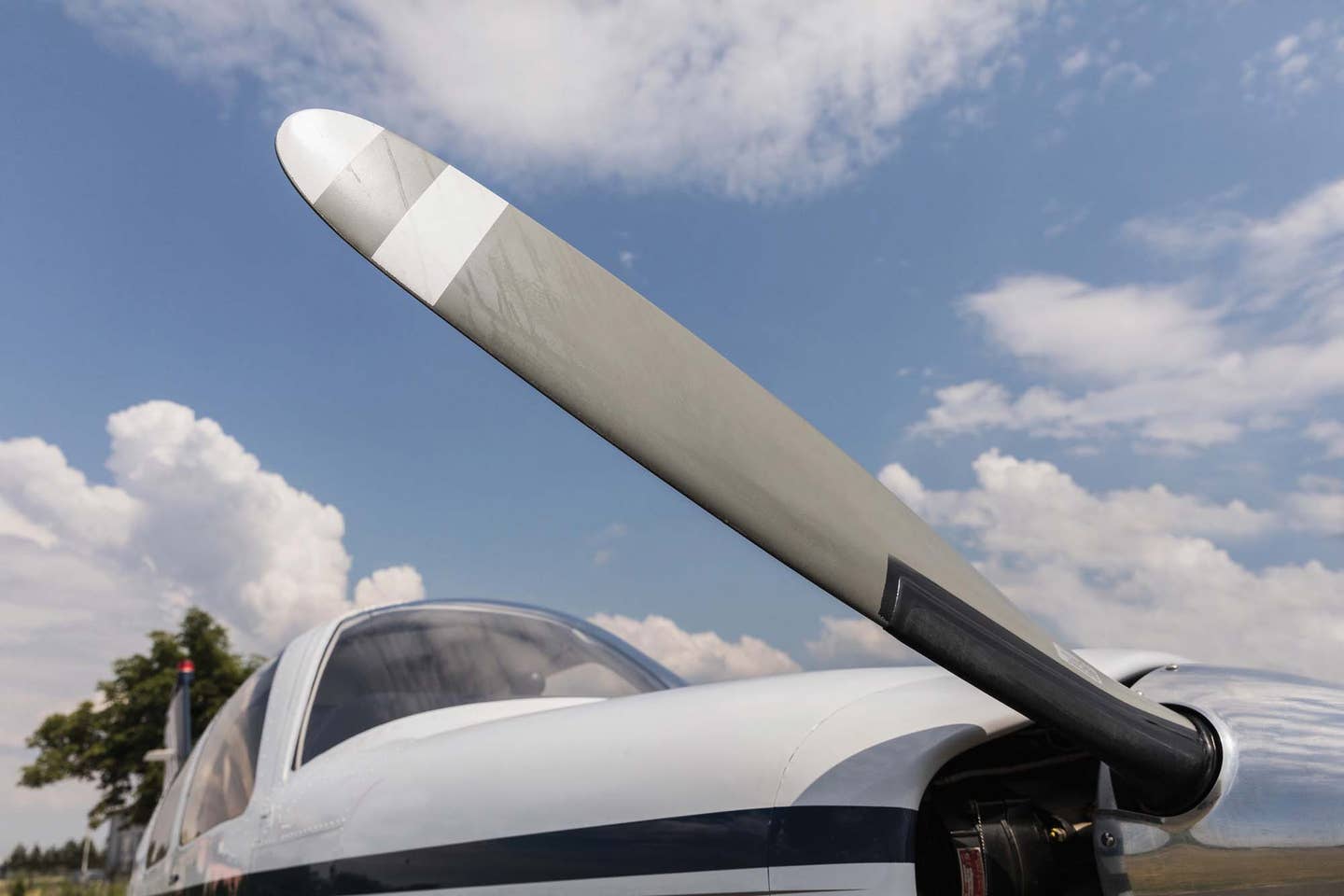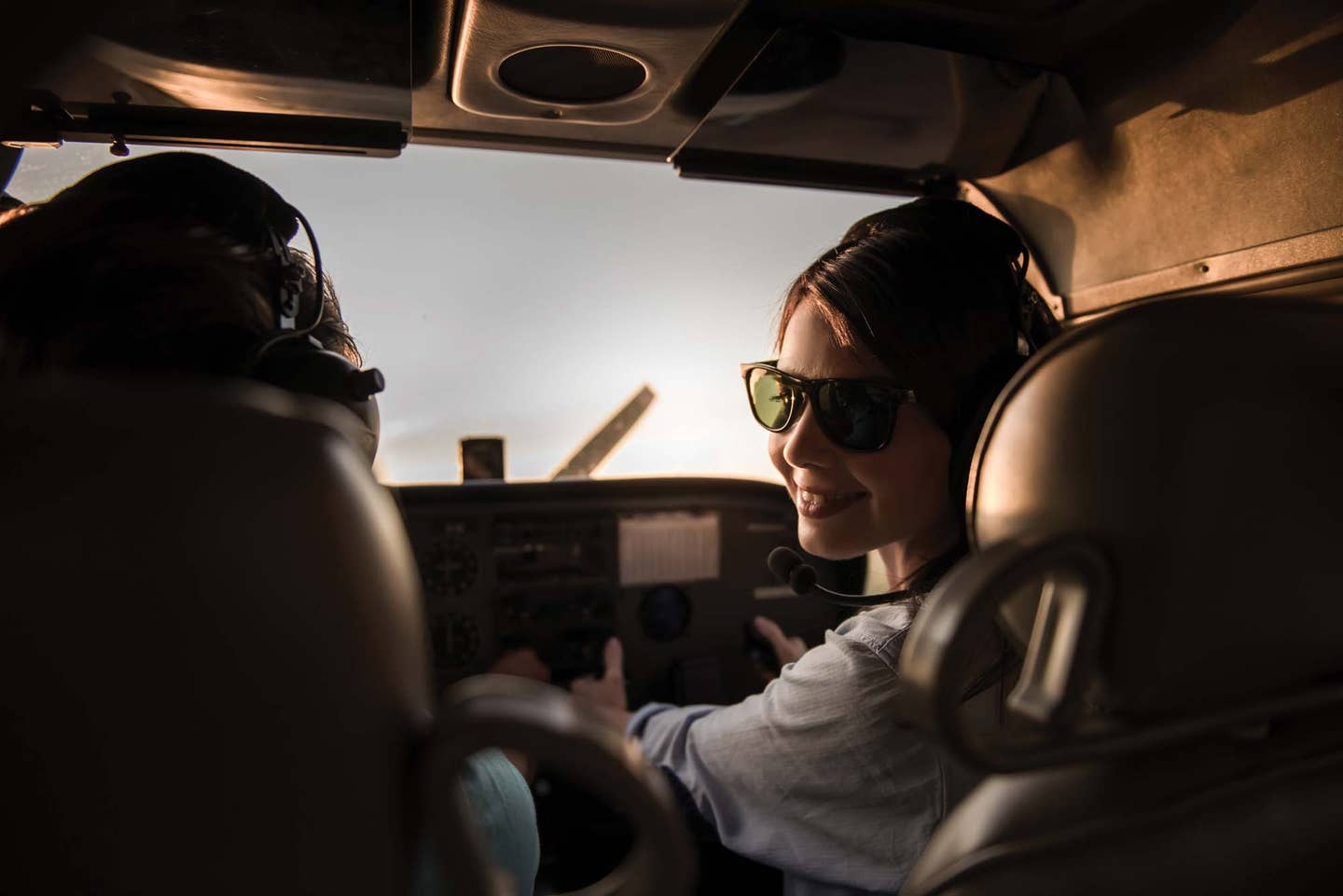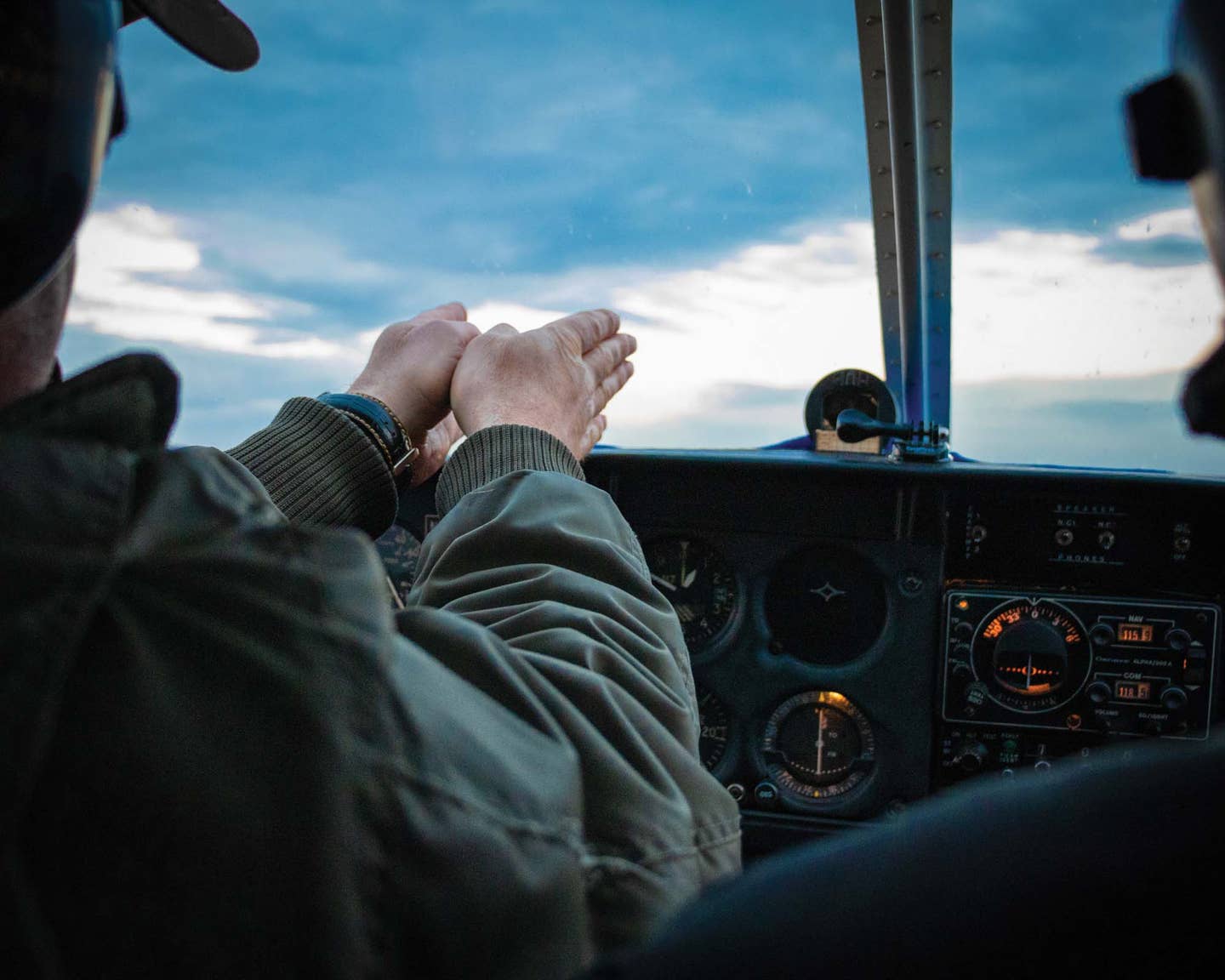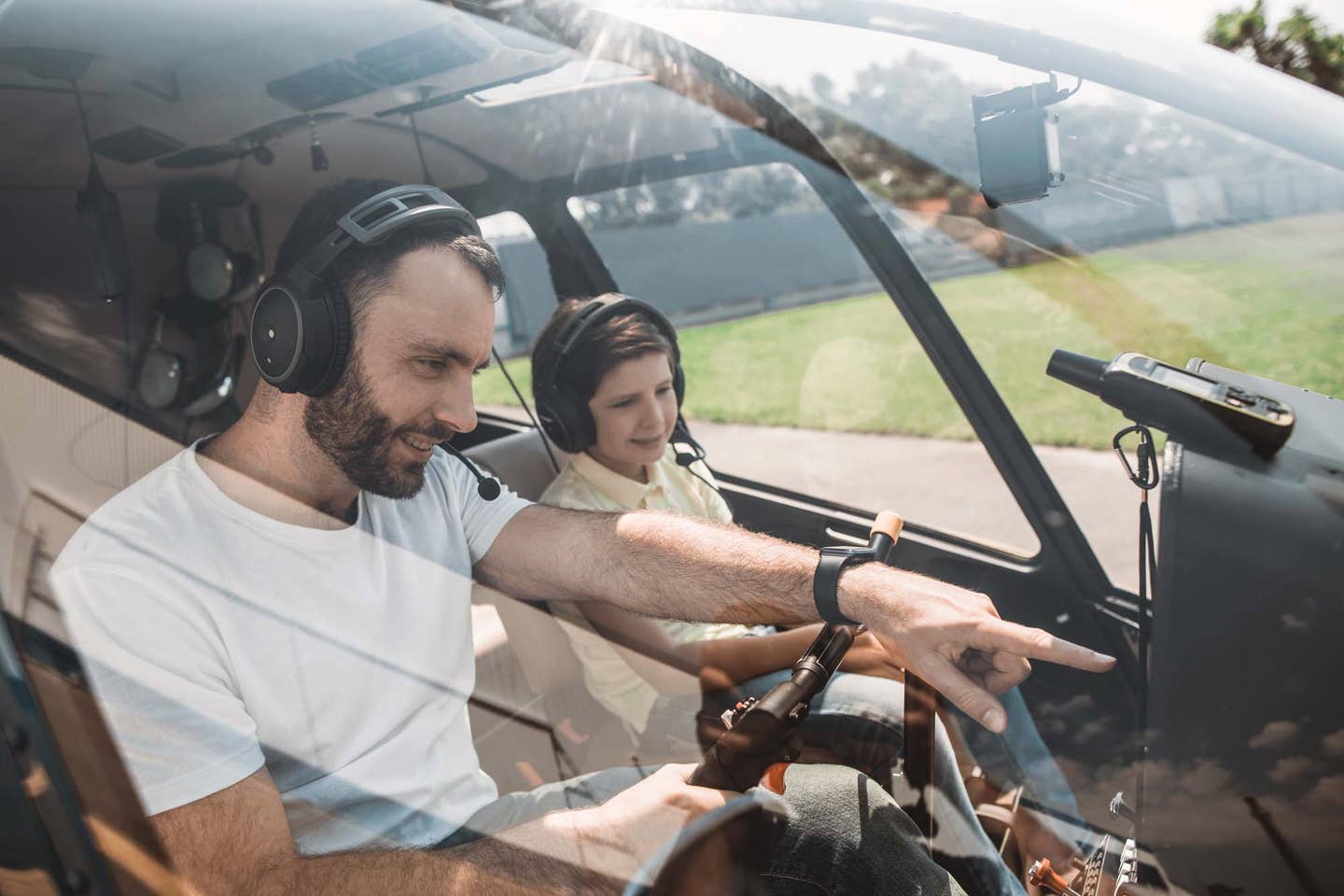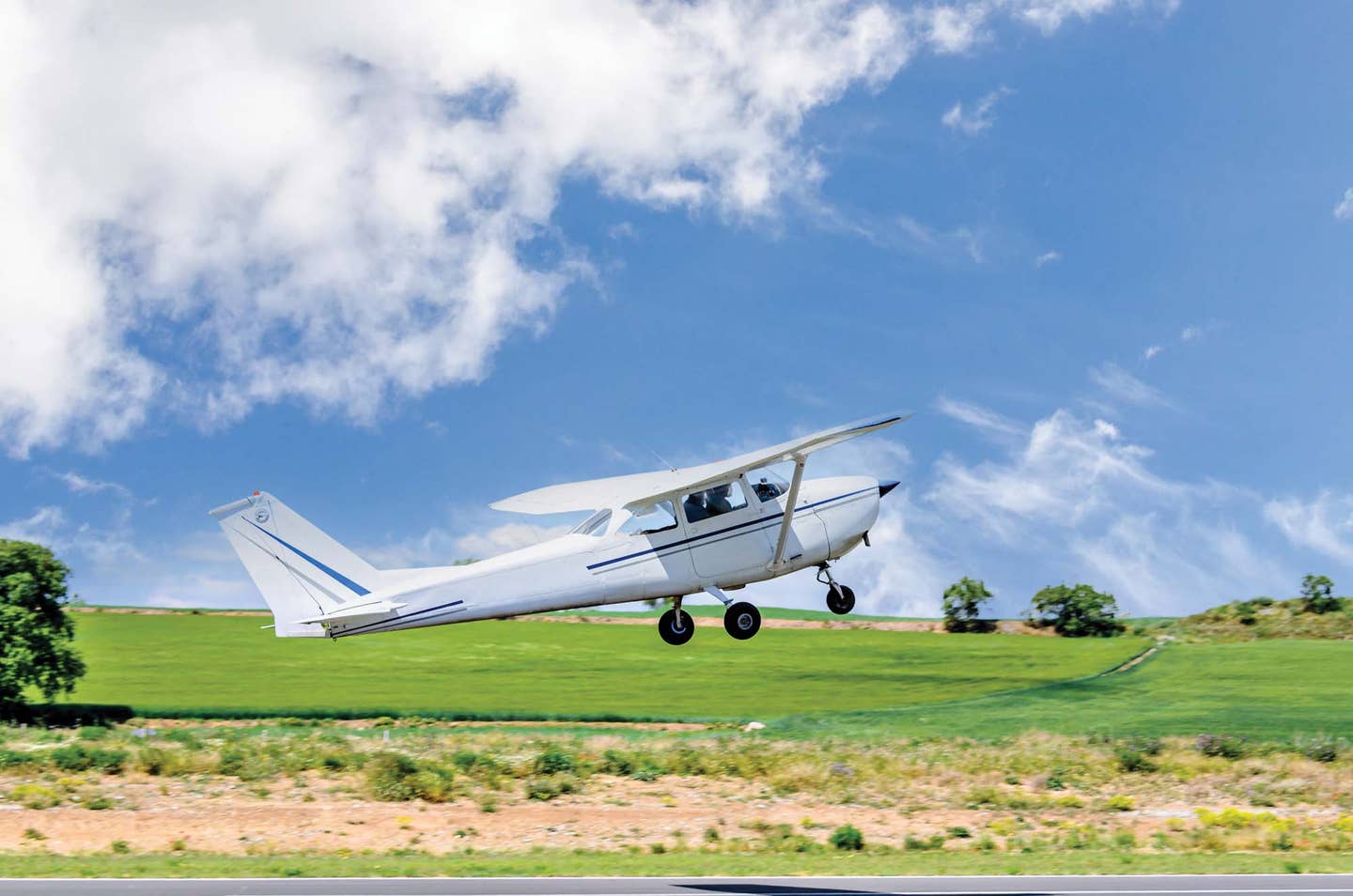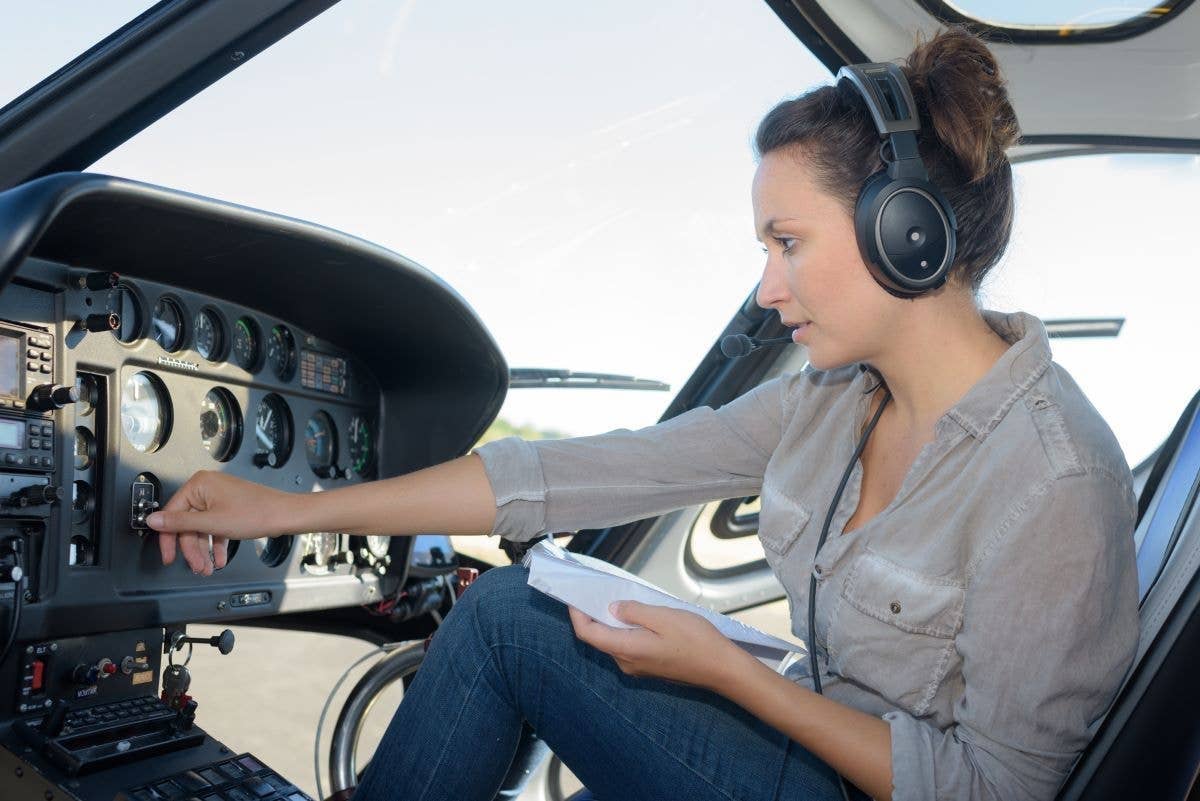Staying Ahead of the Airplane in the Modern Age
The challenges to staying in command are numerous. Here’s how to make it happen anyway.
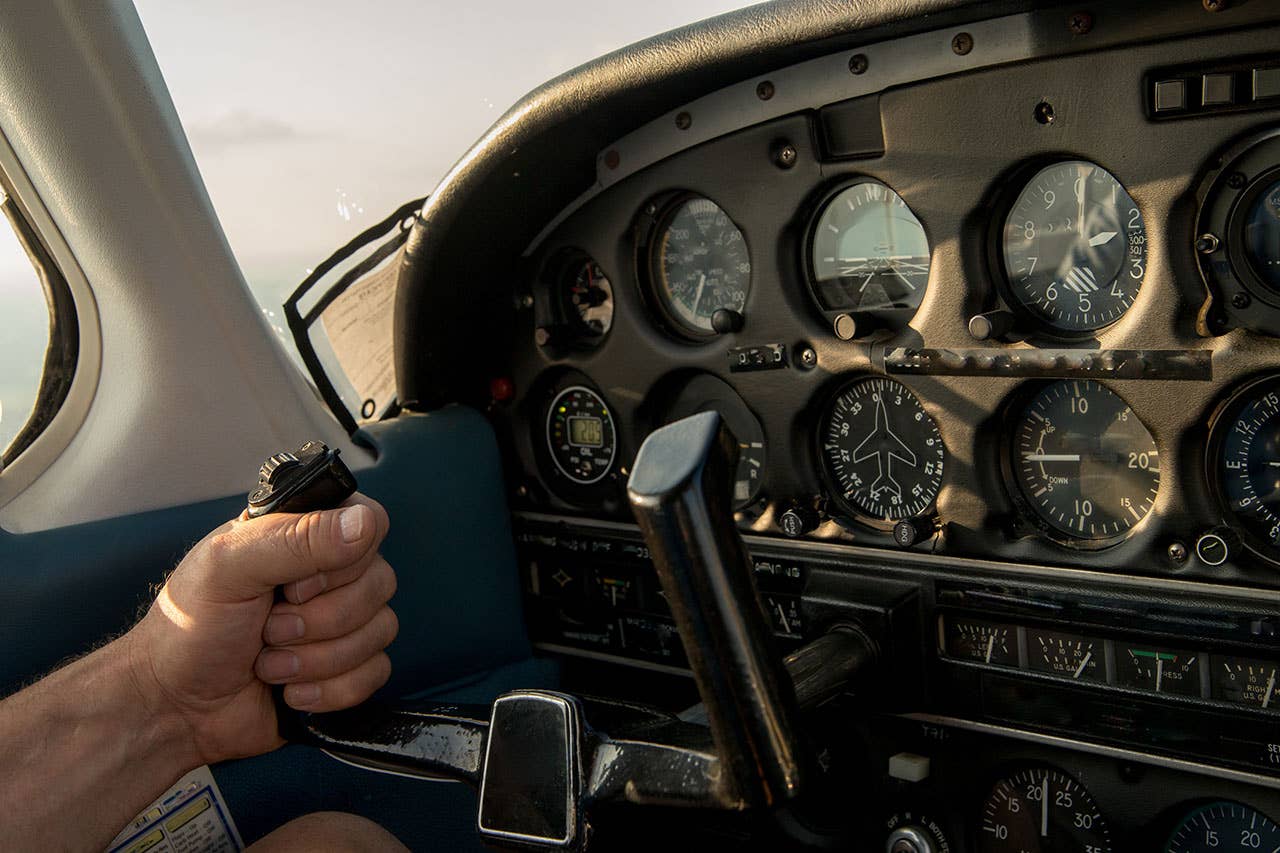
Since the first time we hopped into an airplane, we have heard our instructor implore us to "stay ahead of the airplane!" Nearly 50 years ago, it was much easier to shut out the world and focus on our flying. However, today things are different. Let's face it, many of us live in a world of endless interruptions, distractions and intrusions. Our occupations have gone from 8 a.m. to 5 p.m. five days a week to what seems like a 24/7 parade of Zoom meetings, emails and text messages. Our smartphone, that amazing provider of weather, NOTAMS and flight information, is also the number one culprit in numerous distracted driving, and possibly flying, incidents. So why should we care about all this? Well, aviation offers us the opportunity to turn off all these distractions and simply fly. However, even at the professional level, it is easier said than done.
The headlines on October 23, 2009, read, "Airline Pilots Miss Airport by 150 Miles." As it turned out, the pilots of an Airbus A 320 heading to Minneapolis accidentally flew right past its scheduled destination. When it was finally contacted by ATC, it sheepishly turned around and landed. As you might expect, this garnered the attention of the TSA, the federal and local authorities, and the international news media. By all counts, it was not the pilots' best day.
The investigation revealed that they had their laptops out and the wifi on, and were having a heated discussion about the opportunities and pitfalls of bidding their airline work schedule during an impending airline merger. But, you say, isn't the Airbus heavily automated, and shouldn't that have saved these two aviators? Well, yes and no. The automation is only as helpful as how well the pilot understands and programs it. So, how does all this apply to me, the private pilot? Let's take a look.
Aviation legend Antoine de Saint-Exupery, author of "Wind, Sand and Stars," puts it this way: "I fly because it releases my mind from the tyranny of petty things." Put another way, pilots need to put aside the daily distractions and focus on making good decisions before and during the flight. However, in general aviation, the distinction between the personal and professional may be less clear.
We may be flying home after a long business day or flying family and friends who are in a hurry, and, of course, we are the lone decision-maker. We shake our heads when we hear of a VFR pilot pressing on into IFR conditions, violating a TFR or running out of fuel. Yet, in each of these cases, a little time spent thoughtfully analyzing the flight parameters might have produced a better outcome. So how do we put aside these "petty things" and focus on our flying?
Evaluate the Risks
One approach is to make sure that before every flight, pilots take a moment to consider the flight risks involved and make a well-thought-out go/no-go decision. You might use one of the readily available internet-based risk assessment tools or simply take the time to review the risks and alternatives objectively. If you are rushing to the airport from work an hour later than planned into a moonless night in the mountains, is this still the best decision? If your passengers' get-there-itis exceeds your capabilities, take a step back, survey all the data and make a sound decision based on the forecast conditions and your capabilities. A few minutes of quiet risk analysis may bring things into sharper focus, help you make a better decision, and keep you ahead of the airplane!
Have a Set Preflight Routine and Stick to It
Step two is simple. Set a thorough and complete preflight routine and stick to it, especially if you are in a hurry. Make sure it checks all the common sense and legality boxes, and includes time for flight planning, proper aircraft servicing and the myriad of little details that make up a safe flight. Then be aware when others break your chain of preflight events or when you begin to take shortcuts. Since you are the de-facto gate agent for the flight, consider how your passengers fit into your routine but make sure they do not interrupt it. Your aircraft walk-around, preflight checklists, and review of the taxi and takeoff are often your last opportunity to avoid serious problems and stay ahead of the airplane.
There is No Such Thing as an Emergency Takeoff
Go/no-go decisions are a part of every commercial, military or private pilot's life, and in most cases, they are "go." However, down here in general aviation land, the phrase "when you have time to spare, go by air" was written specifically for us single-engine jockeys. Our little birds, even with the amazing electronic gadgets we have today, are limited in the type and severity of weather in which we can fly. Each pilot should have a set of personal weather minimums and stick to them. Just because we have that crisp new instrument ticket in our pocket does not mean it is time to launch into a dreadfully low ceiling or shoot an approach to a 200-foot ceiling and a half-mile visibility.
And while we are talking about minimum standards, this is a good time to put a plug in for the IMSAFE checklist. In addition to our weather decisions, our physical and mental readiness for the flight is a go/no-go item. Oh, and how about those pesky passengers. If we want to put their minds at ease, we might let them know that we have a backup plan. It might include a rental car on standby, backup airline tickets or a multi-day travel window. All are good methods of managing risk, avoiding the last-minute rush, and staying ahead of the airplane.
â"We shake our heads when we hear of a VFR pilot pressing on into IFR conditions, violating a TFR or running out of fuel. Yet, in each of these cases, a little time spent thoughtfully analyzing the flight parameters might have produced a better outcome."
Compartmentalized Attention
A few years ago, airshow legend Patty Wagstaff wrote an excellent article in this magazine about compartmentalization of attention. Simply put, good pilots learn to separate their flying from the ups and downs and distractions of everyday life. In the movie "For the Love of the Game," Kevin Costner plays an aging baseball player who finds that he is no longer able to shut out the crowd noise, the catcalls and his personal life. Pilots, just like professional athletes, need to be able to leave these kinds of stressors behind and focus on the task at hand. One way the professionals mandate compartmentalization is the sterile cockpit rule. Airlines require only flight-related conversations below 10,000 feet. So, setting some ground rules on what everyone's role is during the takeoff, departure, arrival and landing is a good start.
Don't Let the Automation Catch You Napping
So, let's circle back to that unfortunate airline crew who managed to miss the Minneapolis-St. Paul International Airport. Why didn't the automation save them? As it turns out, these pilots had not programmed the published arrival and instrument approach into their flight management system. So, when the Airbus arrived at the end of the magenta line, it simply held the last known heading. No blaring horns or flashing lights, just a small change in indication and the computer doing exactly what it had been told to do.
Okay, so down here well below the flight levels, that amazing new flat panel cockpit display and shiny new multi-function autopilot we just wedged into the panel most likely will do exactly what you tell it to, and nothing more. And worse, since we usually have touchscreens rather than tactile keyboards, these little electronic rascals can soak up all of our attention during programming, especially in turbulence. Overreliance on the automation to save the day can be a significant impediment to staying ahead of the airplane.
Clear Your Mind and Stay Ahead of the Airplane
As pilots, we are at our best when we focus on the simple act of flight, master the basic tasks at hand, and spend our time thinking a hundred miles or more in front of the airplane. We need to build a firewall between the hustle and bustle of the day's events, turn off the email and text messages, and focus on the decisions needed to ensure a safe flight. Good preflight planning requires reliable habit patterns, discipline and sound decisions made with flight safety in mind. And while we are at it, let's not get too comfortable with the automation. It is a great thing, but we are still the pilot in command! Staying ahead of the airplane in this modern age requires us to shut out the "tyranny of petty things" and focus on flying the aircraft. Fly safe!
Do you want to read more Pro Tips For Private Pilots columns? Check out "How to Fly in Formation Safely" here.

Subscribe to Our Newsletter
Get the latest Plane & Pilot Magazine stories delivered directly to your inbox

